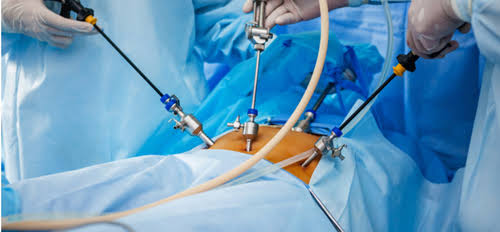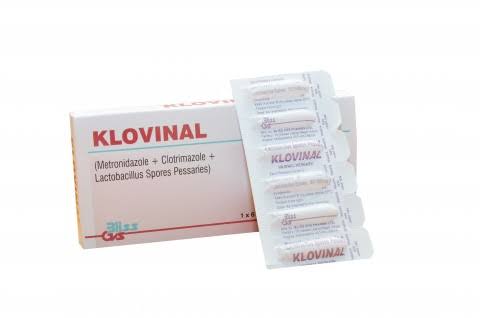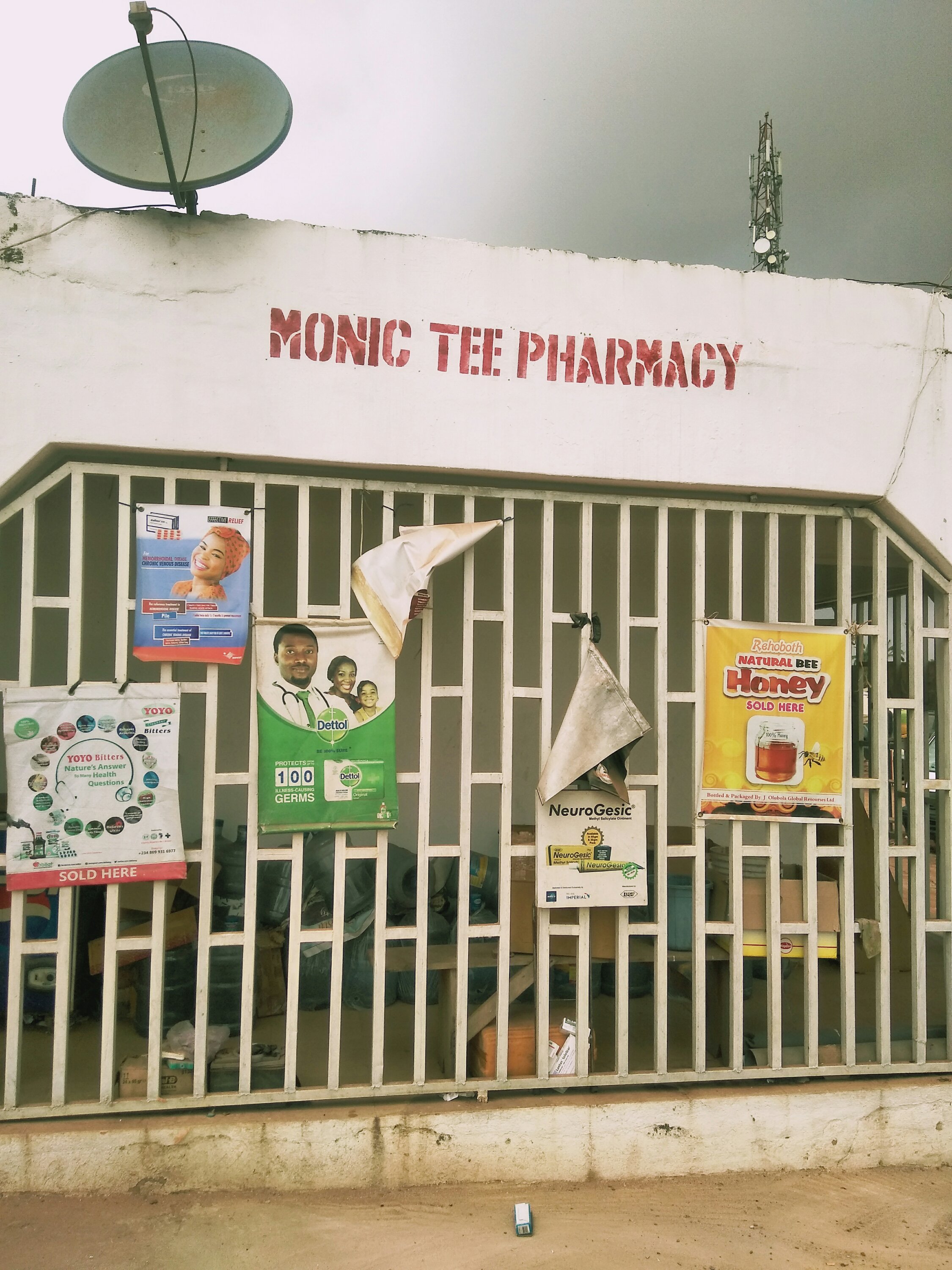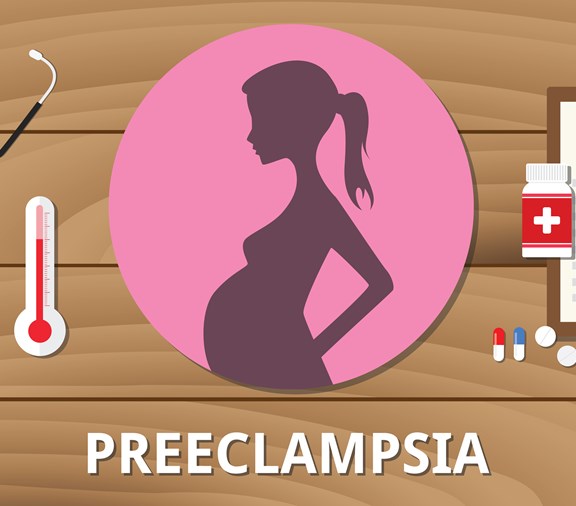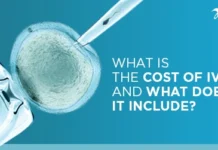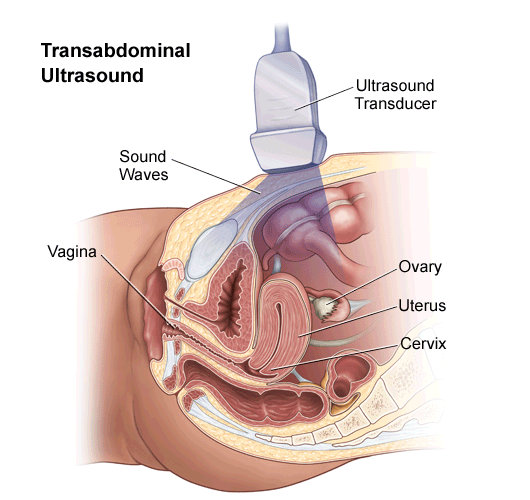Why does a new partner increase the risk of preeclampsia?
THE ROLE OF A NEW HUSBAND IN PREECLAMPSIA.
Dear Faves and Women of our warm planet,
My dear sister, First, thank you, truly for bringing up such an important conversation. You are absolutely right to remind women that hypertension in prergnancy can reoccur and that it deserves our full attention. Many women brush it aside until it returns in the next pregnancy, and by then, it can become even more dangerous. So, well done for raising awareness.
Now, about the role of the man, you are not entirely wrong, but let’s gently fine-tune that understanding.
When a woman becomes pregnant, her body meets something new, paternal antigens …the father’s unique genetic ‘fingerprint’ carried in his sperm and expressed in the baby’s cells.
With time and repeated exposure through a stable relationship or multiple pregnancies with the same partner, a woman’s immune system gradually learns to tolerate these paternal signals.
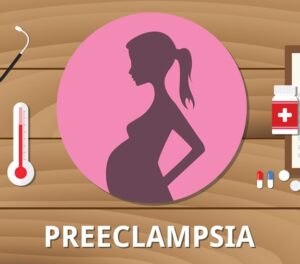
But when she conceives with a new partner, her body faces a whole new set of paternal antigens. This ‘newness’ can sometimes confuse the immune system, leading to poor placental development, and that’s one of the major pathways that can trigger pre-eclampsia.
So yes, the man’s contribution is not in ‘causing’ pre-eclampsia directly, but rather in the immune novelty his sperm introduces.
It’s science wrapped in intimacy, the biology of love and tolerance.
Clinically, What This Means
Research and global data (including NICE and RCOG guidelines) show that:
First pregnancies have a higher risk of pre-eclampsia.
A new partner, even after successful previous pregnancies, can increase risk.
Short cohabitation before conception or consistent barrier contraception (which limits sperm exposure) may also increase risk slightly.
Recurrence rates: Around 15–20% of women who had pre-eclampsia before may experience it again, depending on severity, timing, and underlying conditions.
So What Should You Do in the Next Pregnancy?
Book early. ideally before 12 weeks.
Low-dose aspirin (75–150 mg daily) from 12 weeks until delivery is recommended
Regular blood pressure and urine checks, sometimes even at home.
Blood thinners (like LMWH) may be advised if your risk is particularly high or if you have underlying clotting disorders.
Healthy lifestyle, balanced meals, gentle exercise, and salt control.
Beetroot juice?
Oh, it’s certainly nutrient-rich and great for the heart, but it’s not a proven way to prevent pre-eclampsia. Think of it as a friend to your general health, not your only shield.
Preeclampsia is complex, part genetic, part immune, part vascular, and it deserves both medical vigilance and self-compassion. So while beetroot may be your delightful morning ritual, let’s also keep aspirin by your bedside, your BP monitor by your table, and your antenatal visits on your calendar.
You spoke truth, sister, that the story of pre-eclampsia involves both mother and father.
But now we add nuance, and in that nuance, we find empowerment.
To every woman who has walked through swollen feet and high blood pressures, your strength is unmatched.
And to every man, know that your biology, too, is part of this shared miracle.
Dr Ose Etobhio
Image Credit: Parkland Community Health Plan












